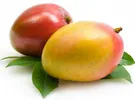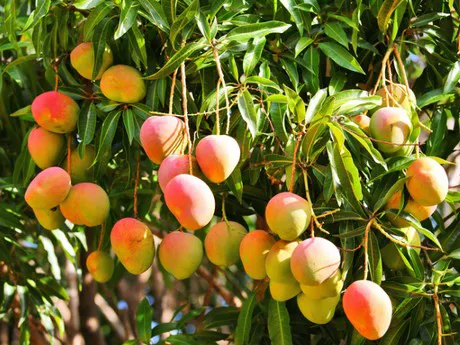 Offering both ready to eat and green mangos is vital if producers want to be in the retail game. That is according to Albert Meyenberg of Quebec-based Imex Agro, an importer of a variety of fruit and vegetables from all over the world. Meyenberg has observed that retailers are more willing to deal with companies that have a choice of the level of ripeness in a mango due to changing consumer preferences.
Offering both ready to eat and green mangos is vital if producers want to be in the retail game. That is according to Albert Meyenberg of Quebec-based Imex Agro, an importer of a variety of fruit and vegetables from all over the world. Meyenberg has observed that retailers are more willing to deal with companies that have a choice of the level of ripeness in a mango due to changing consumer preferences.
“The mango business is evolving. Much like avocados were 10 – 15 years ago, mangoes are very much on the same path,” he explained. “It used to be that importers only ever supplied mangos that were green. When consumers bought them, they would need to let them ripen at home over several days. But now if you want to have business with the supermarkets, you need to offer both ready to eat and green mangos.”
Meyenberg added that suppliers need to be flexible enough to offer different packaging options as well. For example, Imex Agro has 4kg boxes for when mangos are sold by unit. However, he said retailers increasingly want the option of consumer packs. “The supermarkets now require different pack options. We now supply a 5lb retail box, for example, which are designed to be purchased directly by customers. Such configurations allow supermarkets to move more inventory. For smaller sized red mangos, bagged options present a good value proposition and it also helps growers to move more volume.”
Brazil season to follow soon
The Mexico mango season has just passed its mid-point, with two months to go before the transition to South America. Suppliers have reported steady supplies. Meyenberg said Mexico is only part of the company’s offerings and outlined Imex Agro’s year-round mango program.

“Our Mexico season goes from February to September and we begin the transition to Brazil, with departures expected during week 35. The window for Brazilian exports to North America is from early September to November, after which we import Peruvian mangos in winter until the full circle is complete in February.”
“There are also mangos available from Ecuador, but we have found the quality to be inconsistent, and that’s why we prefer to switch straight to Peru,” he added. “Right now from Mexico, we have Kent and Tommy Atkins mangos available.”
Many new varieties coming from Brazil
Importers are seeing more mango varieties coming out of Brazil. Some of them are more familiar, such as Ataulfo, but some are varieties that will be less familiar to North American consumers, including a mango originally from Israel.
“From Brazil, we are offering more varieties than ever before,” Meyenberg said. “Volume of Ataulfo continue to increase as consumers are showing a preference for them. We also have a relatively new mango called Omer, which is from Israel, but now available out of Brazil. The main variety from Brazil is still Tommy Atkins.”
For more information:
Albert Meyenberg
Imex Agro, Inc.
Ph: +1 (819) 483-1515
albert.meyenberg@imexagro.com
www.imexagro.com
